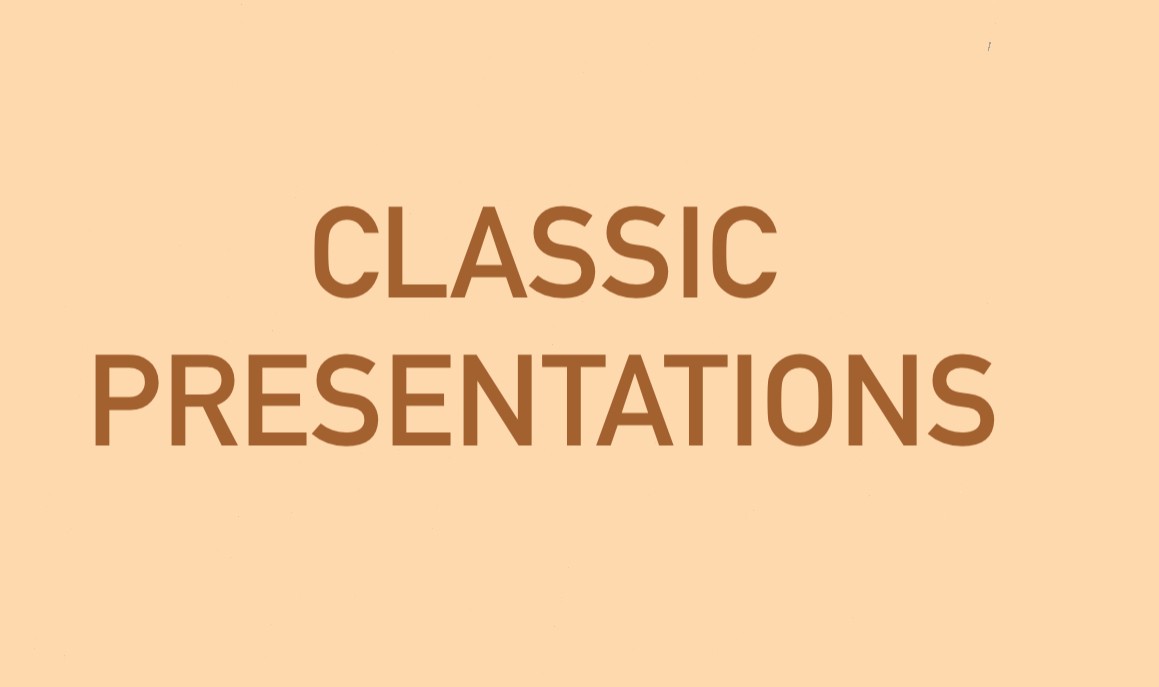-
Gout, intellectual disability, self-mutilating behavior in a boy
Lesch-Nyhan syndrome (HGPRT deficiency, X-linked recessive)
-
Situs inversus, chronic sinusitis, bronchiectasis, infertility
Kartagener syndrome (dynein arm defect affecting cilia)
-
Blue sclera
Osteogenesis imperfecta (type I collagen defect)
-
Elastic skin, hypermobility of joints, increased bleeding tendency
Ehlers-Danlos syndrome (type V collagen defect, type III collagen defect seen in vascular subtype)
-
Arachnodactyly, lens dislocation (upward), aortic dissection, hyperflexible joints
Marfan syndrome (fibrillin defect)
-
Calf pseudohypertrophy
Muscular dystrophy (most commonly Duchenne, due to X-linked recessive frameshift mutation of dystrophin gene)
-
Child uses arms to stand up from squat
Duchenne muscular dystrophy (Gowers sign)
-
Slow, progressive muscle weakness in boys
Becker muscular dystrophy (X-linked non-frameshift deletions in dystrophin; less severe than Duchenne)
-
Infant with cleft lip/palate, microcephaly or holoprosencephaly, polydactyly, cutis aplasia
Patau syndrome (trisomy 13)
-
Infant with microcephaly, rocker-bottom feet, clenched hands, and structural heart defect
Edward syndrome (trisomy 18)
-
Single palmar crease
Down syndrome
-
Dilated cardiomyopathy, edema, alcoholism, or malnutrition
Wet beriberi (thiamine [vitamin B1] deficiency)
-
Dermatitis, dementia, diarrhea
Pellagra (niacin [vitamin B3] deficiency)
-
Swollen gums, mucosal bleeding, poor wound healing, petechiae
Scurvy (vitamin C deficiency: can't hydroxylate proline/lysine for collagen synthesis)
-
Chronic exercise intolerance with myalgia, fatigue, painful cramps, myoglobinuria
McArdle disease (skeletal muscle glycogen phosphorylase deficiency)
-
Infant with hypoglycemia, hepatomegaly
Cori disease (debranching enzyme deficiency) or Von Gierke disease (glucose-6-phsophatase deficiency, more severe)
-
Myopathy (infantile hypertrophic cardiomyopathy), exercise intolerance
Pompe disease (lysosomal a-1,4-glucosidase deficiency)
-
"Cherry-red spots" on macula
Tay-Sachs (ganglioside accumulation) or Neimann-Pick (sphingomyelin accumulation), central retinal artery occlusion
-
Hepatosplenomegaly, pancytopenia, osteoporosis, avascular necrosis of femoral head, bone crises
Gaucher disease (glucocerebrosidase deficiency)
-
Achilles tendon xanthoma
Familial hypercholesterolemia (decreased LDL receptor signaling)


